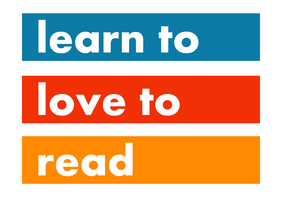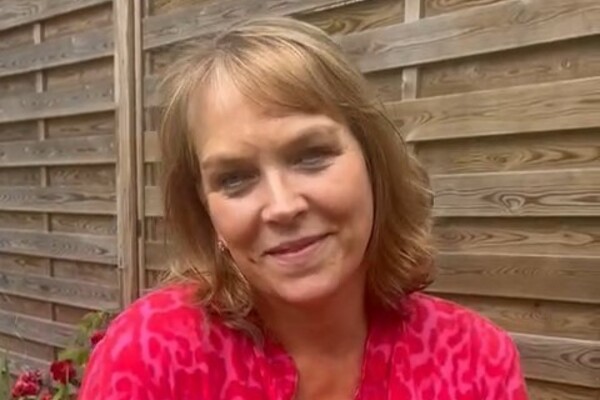Our Head of Volunteering, Helen Liley, spoke to volunteer, Kirsty O’Shea, about her experiences supporting children in one of Learn to Love to Read’s partner schools.
Kirsty first heard about Learn to Love to Read when her children were attending one of the charity’s partner schools. Finding out more about the role from Head of Volunteering, Helen, she felt that it was the right time to get more involved as her children were a little older and she had more time to spare. She comments, “I really liked that Learn to Love to Read is a small, local charity, and the work it does is so important.”
At the time she applied, she was already volunteering elsewhere but decided she could make time for an additional volunteering role. “I felt it was something I could do well and would fit in well with my day-to-day life. I’m very glad I did because I really feel I’m making a difference.”
Following an interview, security checks and training, Kirsty started volunteering in January 2023. She immediately found the school she had been allocated to be extremely supportive and welcoming to volunteers. She knew that many of the children at the school had English as a second language and remarks: “For some children their only exposure to English is what they get at school, so they need help along the way with their literacy.”
Has volunteering met her expectations? “It’s been everything I thought it would be - straightforward and a real joy,” she says.
Helen asked Kirsty if she feels her volunteering has had an impact on the children she supports. She recalls that despite the volunteer training session she attended, she was nervous on her first day: “I collected my first child (E) from her classroom and could tell she was extremely reluctant to engage with me.” Luckily, she remembered one of the tips given during her training – to encourage the child to read to a toy if they don’t want to read to you. Kirsty found a tiny doll and noticed that E immediately appeared more comfortable and started to play-act with it. From there, it was an easy step to encourage her to read to the doll.
A year later, E was confidently and happily reading with Kirsty, always coming out of class with a smile. Kirsty recalls: “Her class teacher told me that E now has the confidence to stand in front of the class to read, and even reads to her baby sibling at home. It’s a pure joy to see the progress she has made.” While Kirsty appreciates her input is just part of the story, she does feel that her work has contributed to the fact that E is more engaged with stories and enjoys talking about how the characters are feeling.
So what does Kirsty feel is the best thing about being a volunteer? “Seeing where the children were when they started and where they are now - how they begin to enjoy reading and not be scared of it,” Kirsty replies.
While part of her role is to help children improve their reading ability, she has been pleased to discover it’s absolutely not about forcing a reluctant child to read. As well as attending Learn to Love to Read’s initial volunteer training session – which covers safeguarding, phonics and how to run a session – Kirsty also regularly attends termly volunteer meet-ups and coffee mornings, where staff are always on hand to offer extra training and give individual advice. After coming along to a Word Games Workshop run by charity director and qualified teacher, Tara, Kirsty asked her advice on engaging very reluctant readers. She was relieved when Tara advised her to take the sessions right back to basics – spending some time playing word games, rather than spending the whole session with a book. She comments: “I play this game with high frequency words fish where the child either has to catch or find the fish (sometimes I hide them). We then make sentences together from the words.” She’s found this approach very useful, especially with children who struggle to sit still for longer periods.
So finally, would Kirsty recommend volunteering to others who might be considering it?
“One hundred percent do it! The difference you can make in just two hours a week is incredible.” In fact while Kirsty was still in the application process, she’d already recommended Learn to Love to Read to a friend, who is now volunteering at the same school. “It’s a great charity to be part of,” she concludes.




